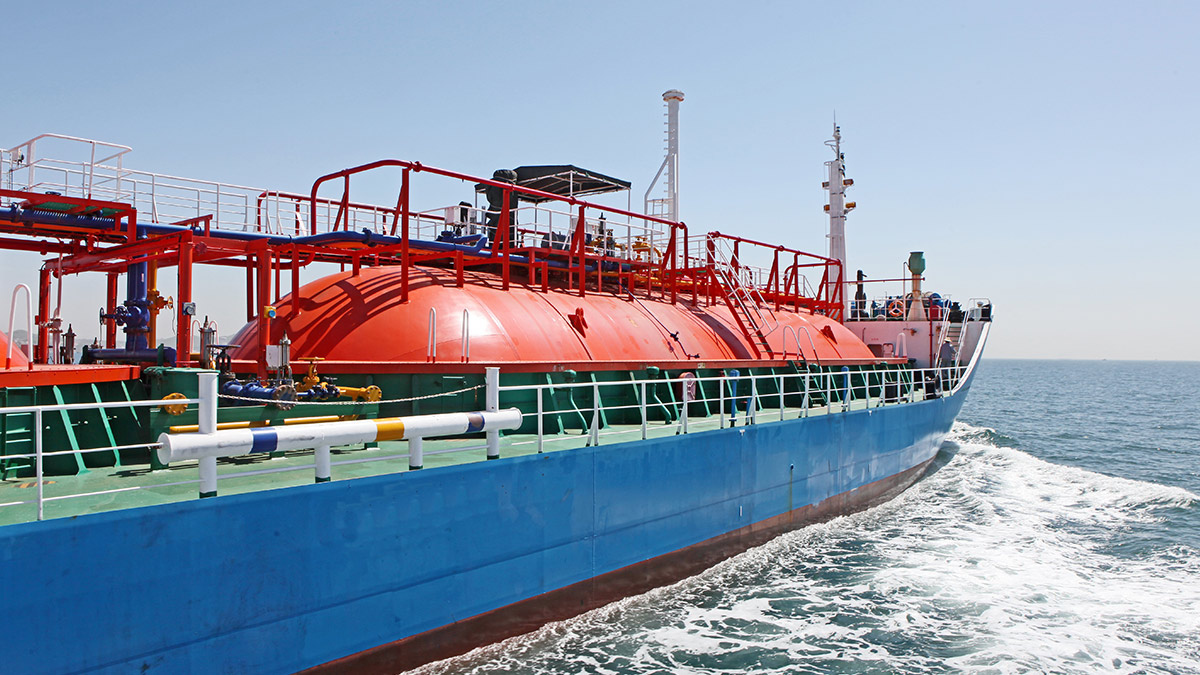McKinsey: It’s been a ‘milestone year’ for the global LNG industry

An LNG cargo ship traverses the ocean. (Getty Images)
Liquified Natural Gas (LNG) will be the fastest growing fossil fuel through to 2035, McKinsey says.
In its latest 2035 LNG Outlook Report, the global consulting firm said supply was racing to keep pace with booming demand out of Asia.
While that demand will be underpinned by China, McKinsey also pointed to Bangladesh and Pakistan as two populous countries that will need to boost imports to offset falling local supply.
All up, McKinsey expects China and its south-east Asian neighbours to account for 95 per cent of global LNG demand through to 2035, helping to drive annual demand growth of 3.6 per cent over that time frame.
“Supply-capacity additions will create a ‘long’ market until 2025 — and possibly until 2027”, McKinsey said.
McKinsey analyst Rahul Gupta said the last 12 months had been a “milestone year” for the LNG industry, as China became the world’s biggest importer while a record number of new products received final investment approval.
In total, around 60 million tonnes per annum (tpa) worth of new projects got final investment decisions, which McKinsey said would help keep the market in balance through to the middle of next decade.
Around 35 per cent of new capacity is currently under construction, with more projects expected to be approved for investment through to 2025.
Beyond that though, more projects will be required to keep up with the global demand outlook through to 2035.
“Meeting additional demand after 2027/28 will require an additional $US400 billion of investment across the LNG value chain,” McKinsey said.
Over that 15-year time frame though, McKinsey projects that 635 billion cubic meters (bcm) of new gas supply will come on deck.
More than half of that will be from US producers (380 bcm), with Russia and Africa both expected to contribute around 110 bcm.
With its booming shale-gas industry, the US is expected to join Australia and Qatar as the world’s largest LNG exporters.
“Overall, this is a growth story for gas and LNG,” Gupta said.
McKinsey expects that global LNG demand won’t peak until 2035, compared to 2025 for coal and 2033 for oil.
UNLOCK INSIGHTS
Discover the untold stories of emerging ASX stocks.
Daily news and expert analysis, it's free to subscribe.
By proceeding, you confirm you understand that we handle personal information in accordance with our Privacy Policy.








